In today’s fast-paced world, many of us seek solace in our homes, desiring a touch of nature to brighten our living spaces. Indoor plants are a fantastic way to achieve this, providing not just aesthetic appeal but also numerous health benefits. However, not everyone has access to ample natural light, making low-light indoor plants a perfect choice for creating a vibrant indoor garden. In this blog, we’ll explore 22 low-light indoor plants that can thrive in dim environments, bringing life and beauty into your home.
Understanding Low-Light Conditions
Definition of Low-Light
Low-light conditions refer to areas in your home that receive minimal natural light, typically less than 100 foot-candles. This is often found in spaces with north-facing windows, rooms that receive indirect sunlight, or areas that are shaded by other structures.
Signs of Low Light in a Room
To identify low-light conditions, look for signs such as:
- Dimly lit rooms with no direct sunlight.
- Rooms that remain dark even during the day.
- North-facing windows or spaces blocked by buildings or trees.
Importance of Plant Choice
Choosing the right plants for low-light conditions is crucial. Not all plants can adapt to limited light; those that can provide the benefits of indoor gardening without demanding the sunlight that many popular houseplants require.
Benefits of Having Indoor Plants
Air Quality Improvement
Indoor plants act as natural air purifiers. They absorb carbon dioxide and release oxygen, while also filtering out toxins like formaldehyde and benzene. Research has shown that having plants in your living space can significantly improve air quality, making it healthier for you and your family.
Mental Health Boost
Plants contribute positively to mental health. Studies indicate that being around greenery can reduce stress levels, enhance mood, and increase productivity. The act of caring for plants can also provide a sense of purpose and satisfaction.
Aesthetic Appeal
Beyond health benefits, plants enhance the aesthetic of your home. They add color, texture, and life to otherwise dull spaces. Whether placed on a windowsill, shelf, or floor, plants can transform a room and create a more inviting atmosphere.
Criteria for Choosing Low-Light Plants
Size and Space Considerations
When selecting plants, consider the size of your space. Larger plants can serve as focal points in spacious rooms, while smaller varieties are ideal for compact spaces or shelves.
Care Requirements
It’s vital to understand the care requirements of each plant. Some may require more humidity, while others thrive on neglect. Knowing how much attention each plant needs will help you maintain a healthy indoor garden.
Compatibility with Existing Decor
Choose plants that complement your home’s decor. Consider the color of the leaves, the texture, and the overall aesthetic. A cohesive look will enhance the visual appeal of your space.
List of 22 Low-Light Indoor Plants
Here’s a curated list of 22 low-light indoor plants that can bring life to your home:
1. Snake Plant (Sansevieria trifasciata)
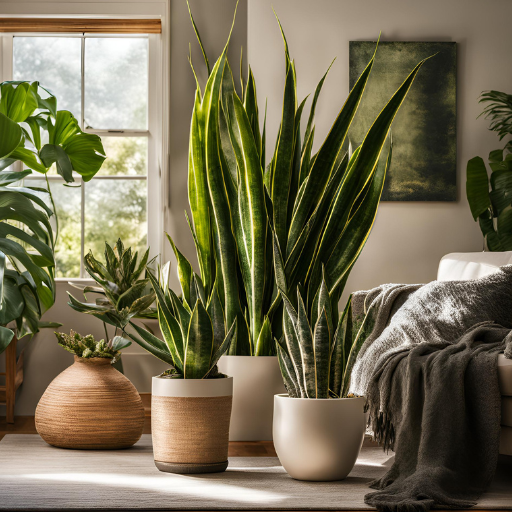
- Care Tips: Water every 2-6 weeks depending on humidity; thrives in dry soil.
- Benefits: Extremely hardy, filters toxins, and can tolerate neglect.
2. Pothos (Epipremnum aureum)
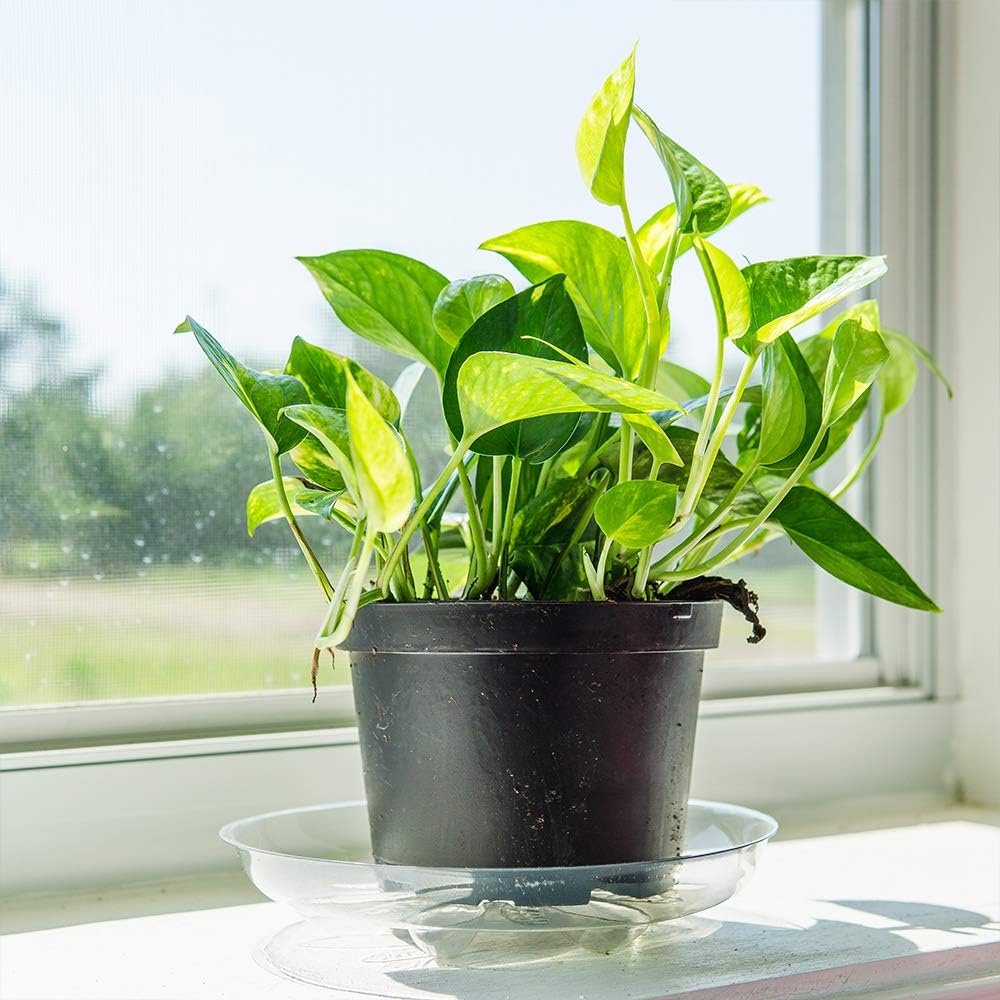
- Care Tips: Water when the soil dries out; adaptable to different light conditions.
- Benefits: Can trail or climb, known for its beautiful heart-shaped leaves.
3. ZZ Plant (Zamioculcas zamiifolia)
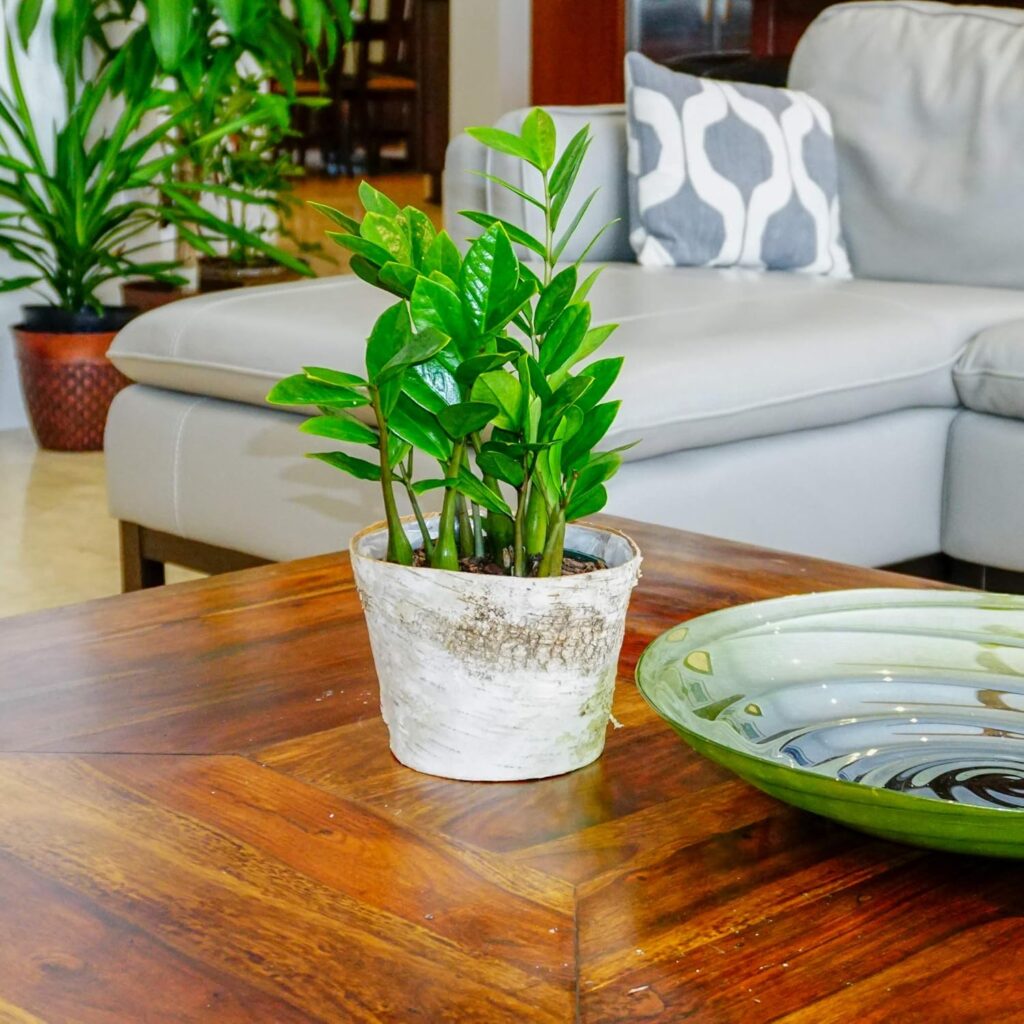
- Care Tips: Water sparingly; ideal in low-light and dry conditions.
- Benefits: Drought-resistant and features shiny, dark green leaves.
4. Spider Plant (Chlorophytum comosum)
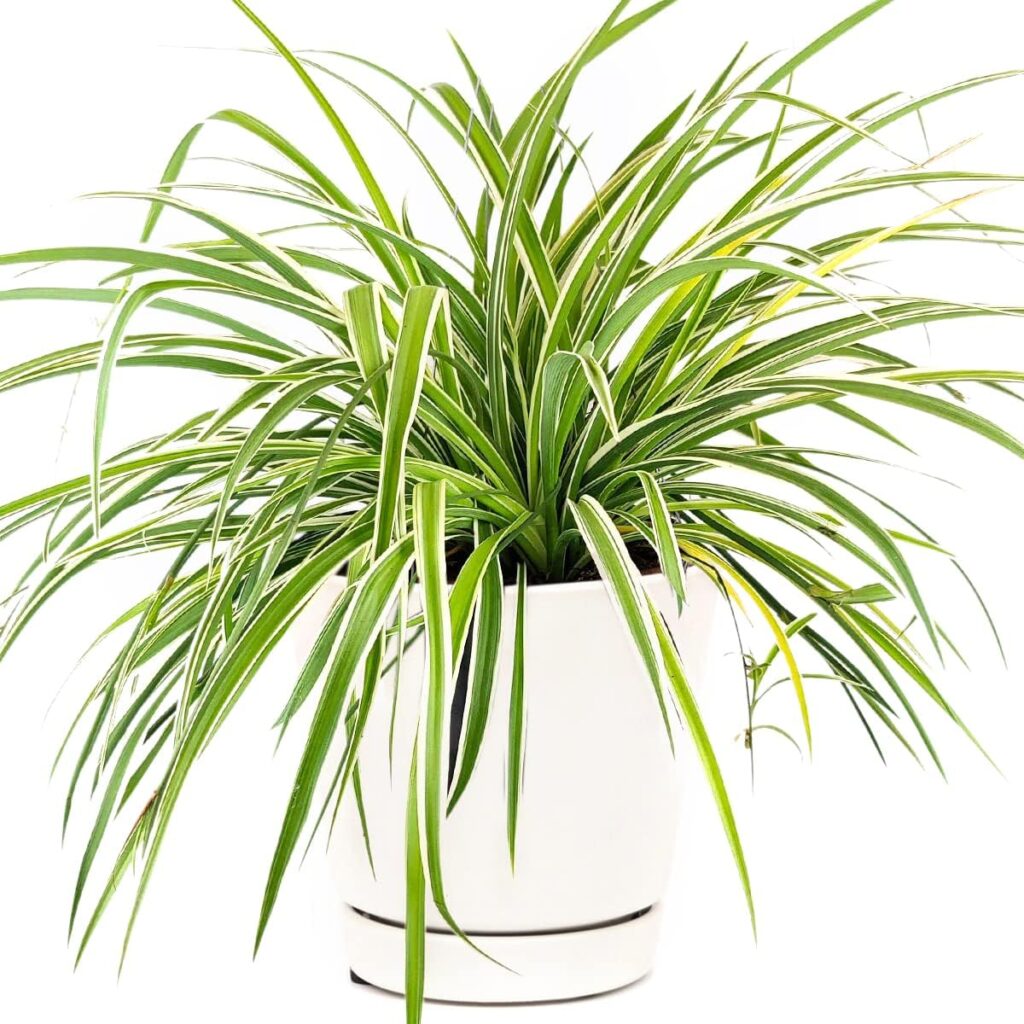
- Care Tips: Keep soil slightly moist; tolerates a variety of conditions.
- Benefits: Safe for pets and produces offshoots that can be propagated.
5. Peace Lily (Spathiphyllum spp.)
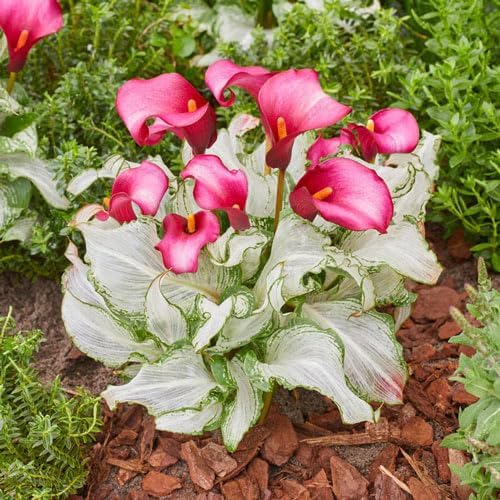
- Care Tips: Water when the soil feels dry; prefers indirect light.
- Benefits: Beautiful white flowers and effective in purifying air.
6. Philodendron (Philodendron spp.)
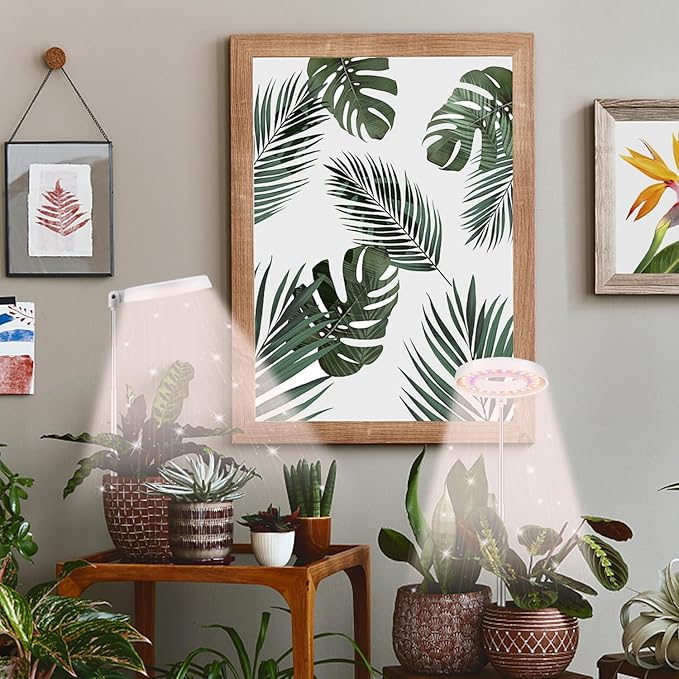
- Care Tips: Water when the top inch of soil is dry; thrives in indirect sunlight.
- Benefits: Comes in various species, each with unique leaf shapes.
7. Cast Iron Plant (Aspidistra elatior)
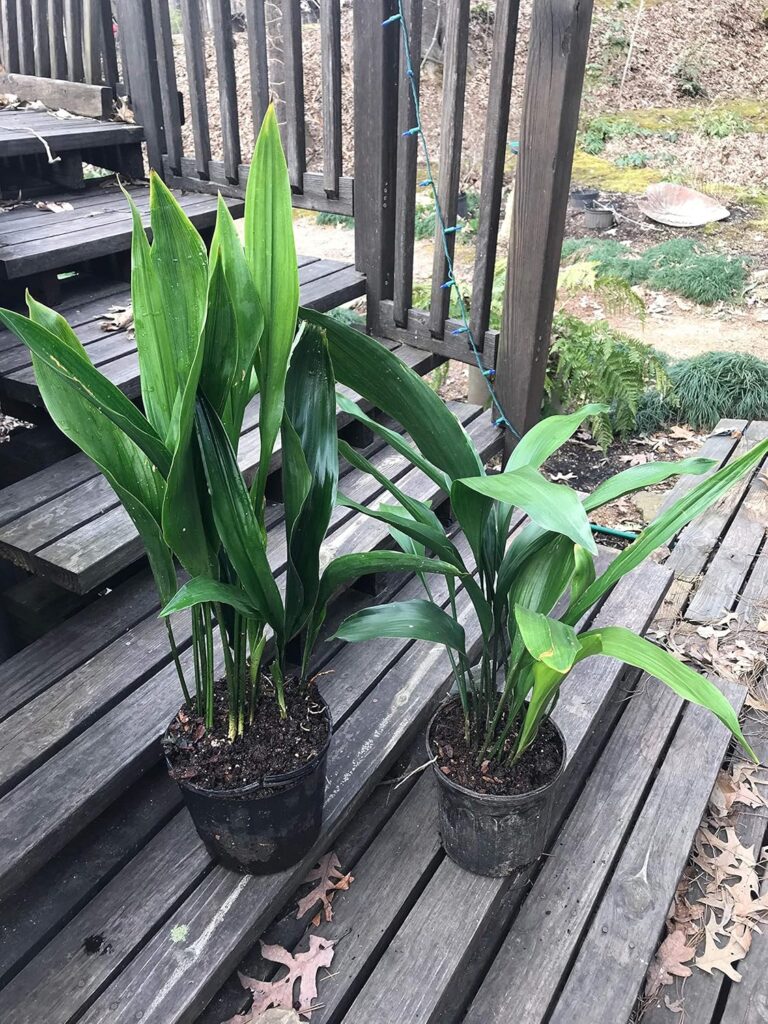
- Care Tips: Water when dry; can tolerate neglect and low light.
- Benefits: Very hardy, thrives in almost any condition.
8. Chinese Evergreen (Aglaonema spp.)
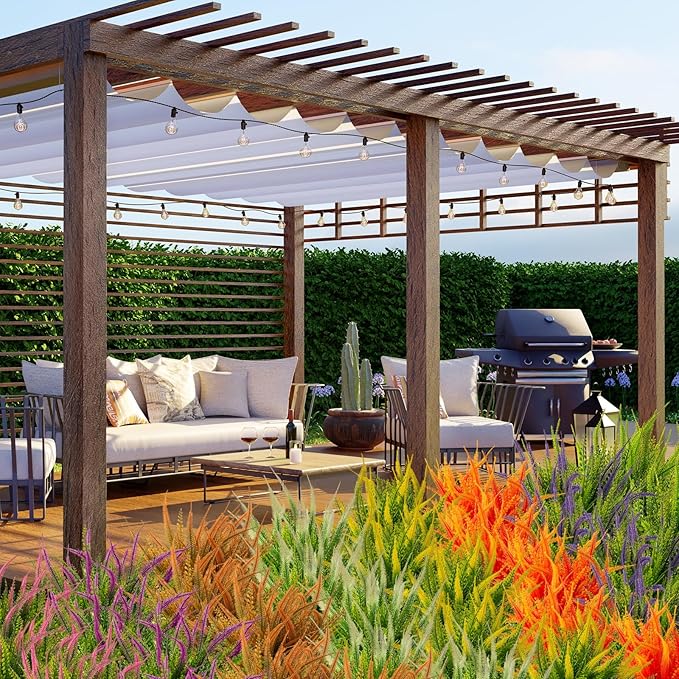
- Care Tips: Water when the top layer of soil dries out; prefers humidity.
- Benefits: Offers striking foliage and comes in a variety of colors.
9. Dracaena (Dracaena spp.)
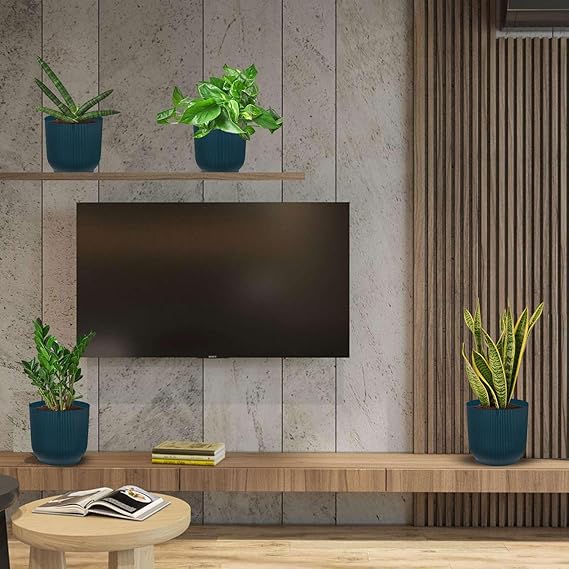
- Care Tips: Water when soil dries out; tolerates low light but not cold.
- Benefits: Varieties with unique shapes and colors enhance decor.
10. Bamboo Palm (Chamaedorea seifrizii)
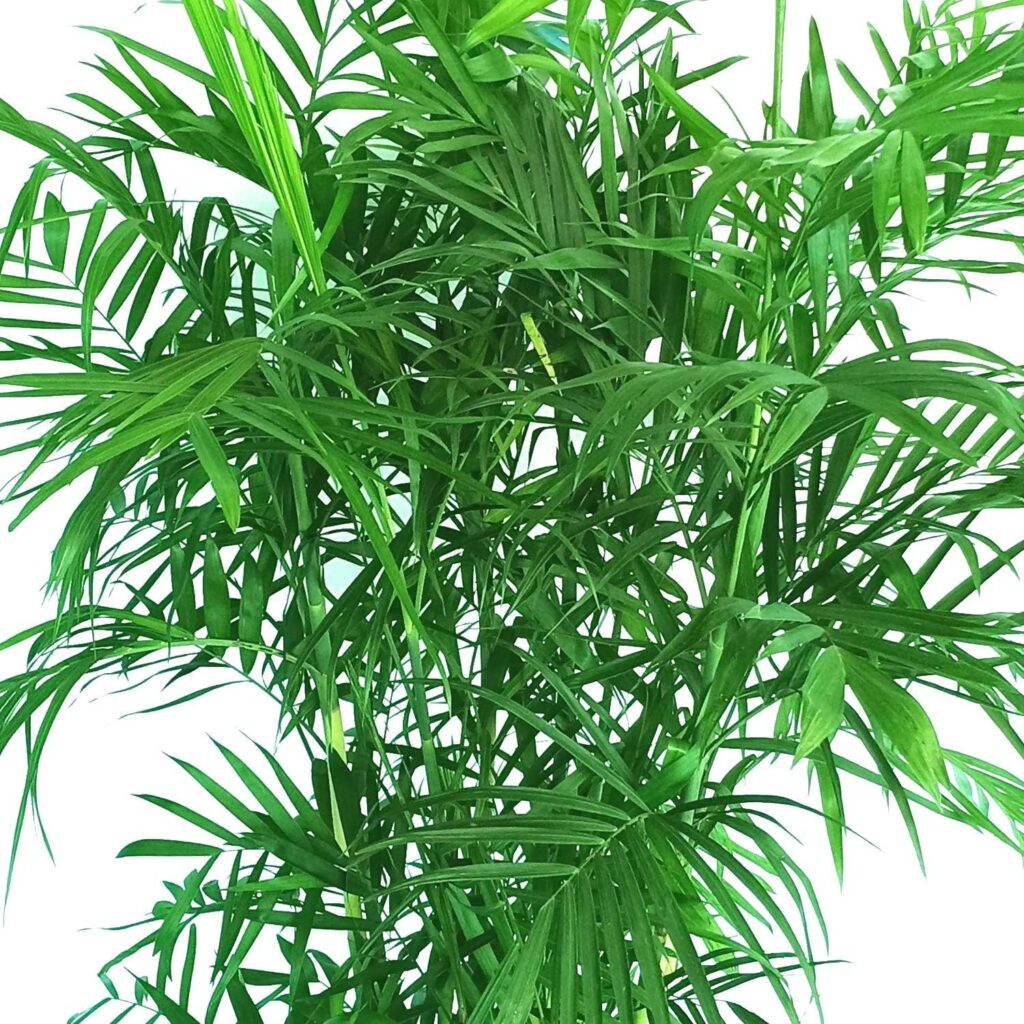
- Care Tips: Water when the soil is dry to the touch; prefers humidity.
- Benefits: Adds a tropical feel and is excellent for air purification.
11. Parlor Palm (Chamaedorea elegans)
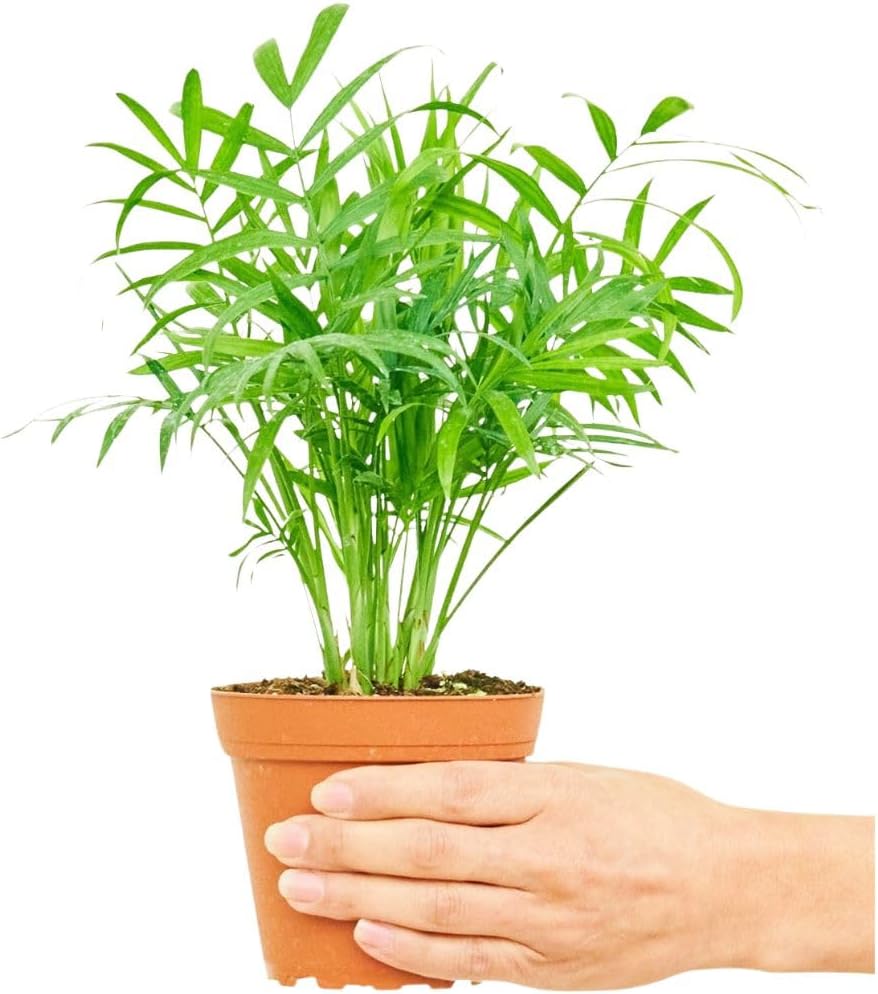
- Care Tips: Water when dry; does well in low light and needs minimal care.
- Benefits: Elegant appearance makes it a popular choice for indoor spaces.
12. Ferns (e.g., Boston Fern)

- Care Tips: Keep soil moist and provide humidity; prefers indirect light.
- Benefits: Lush foliage adds texture and a natural feel to any room.
13. Rubber Plant (Ficus elastica)
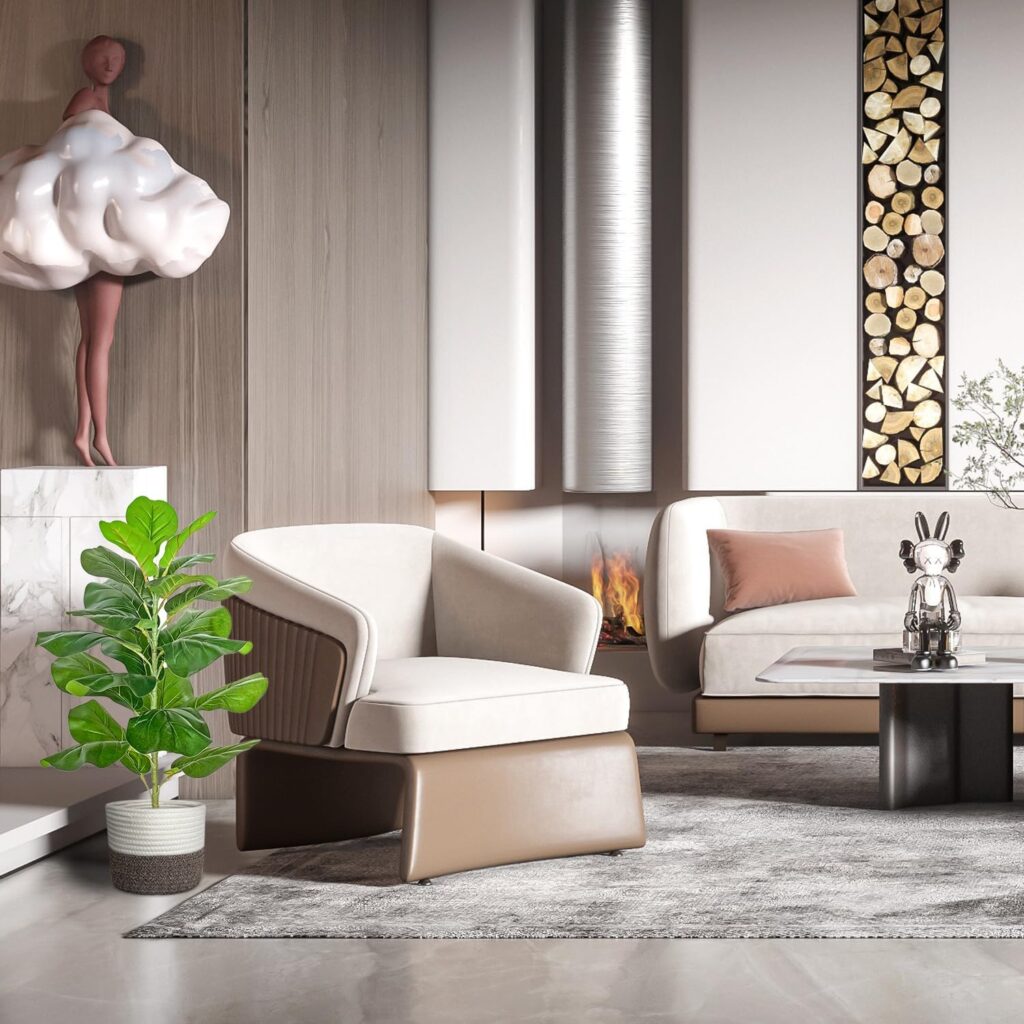
- Care Tips: Water when the top inch of soil dries; prefers bright indirect light.
- Benefits: Large, glossy leaves that can add a dramatic touch.
14. Corn Plant (Dracaena fragrans)
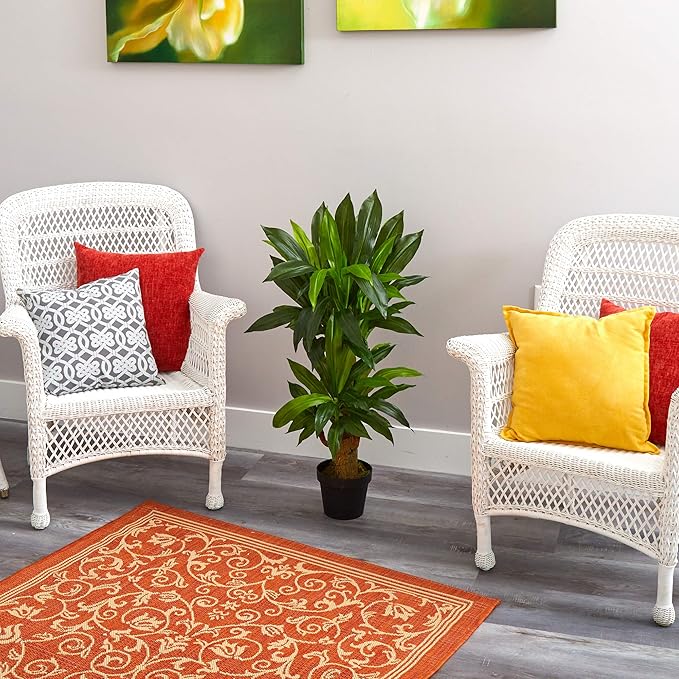
- Care Tips: Water when the soil is dry; thrives in bright, indirect light but can tolerate lower light.
- Benefits: Tall, architectural form can fill empty corners beautifully.
15. Lucky Bamboo (Dracaena sanderiana)
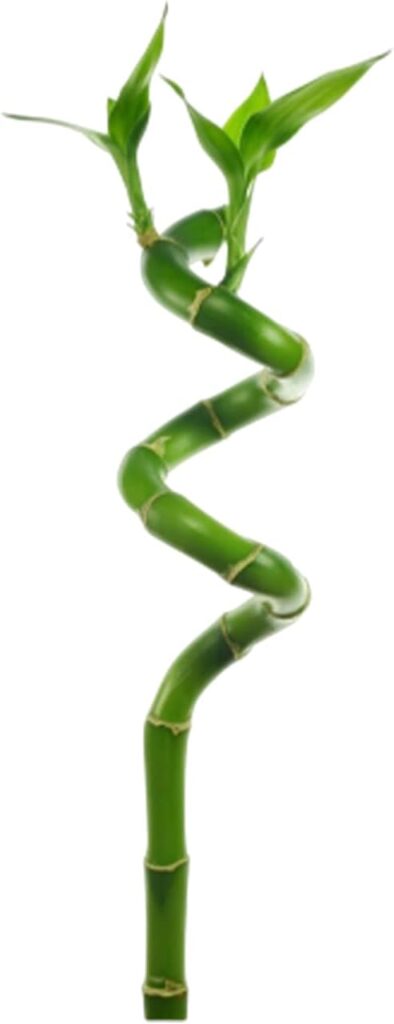
- Care Tips: Keep in water or moist soil; prefers indirect light.
- Benefits: Symbolizes good fortune and prosperity.
16. Nerve Plant (Fittonia spp.)
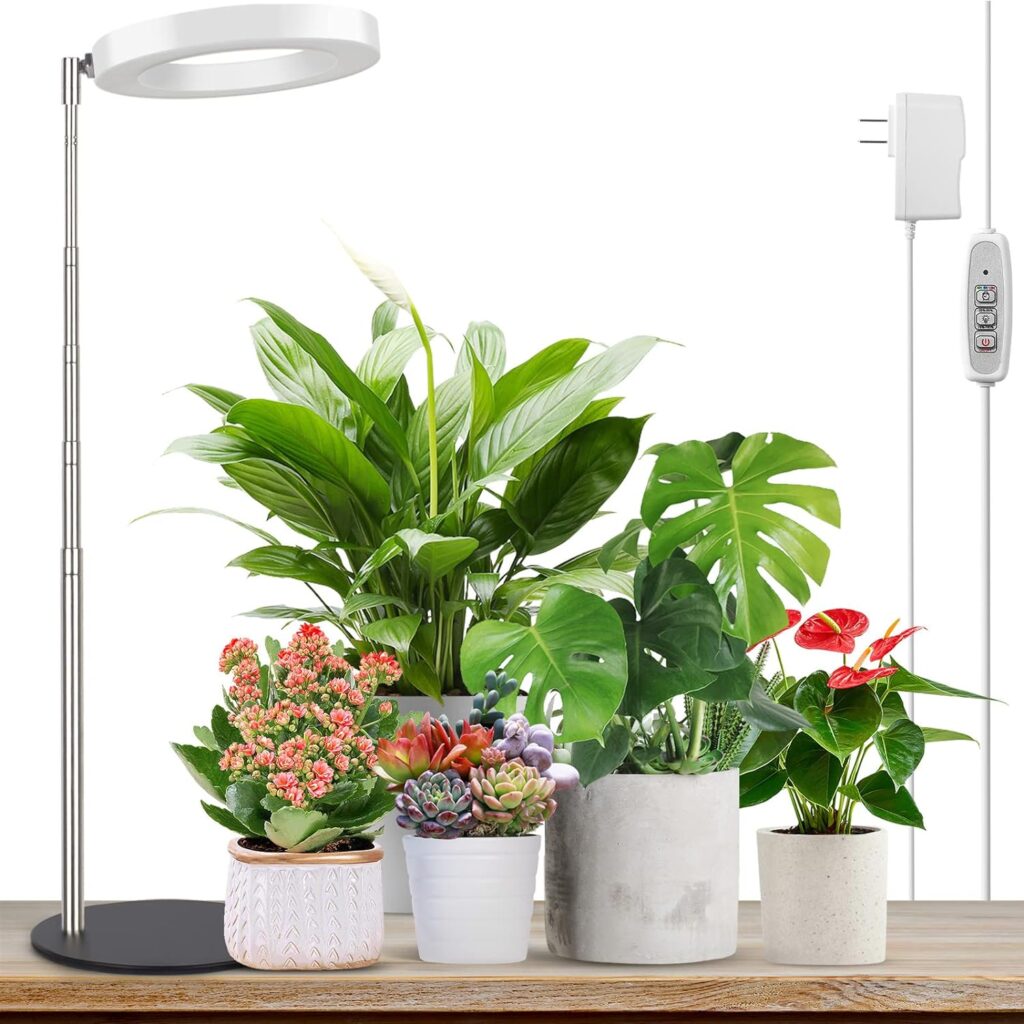
- Care Tips: Keep soil consistently moist and provide high humidity.
- Benefits: Stunning leaf patterns add visual interest.
17. Christmas Cactus (Schlumbergera spp.)
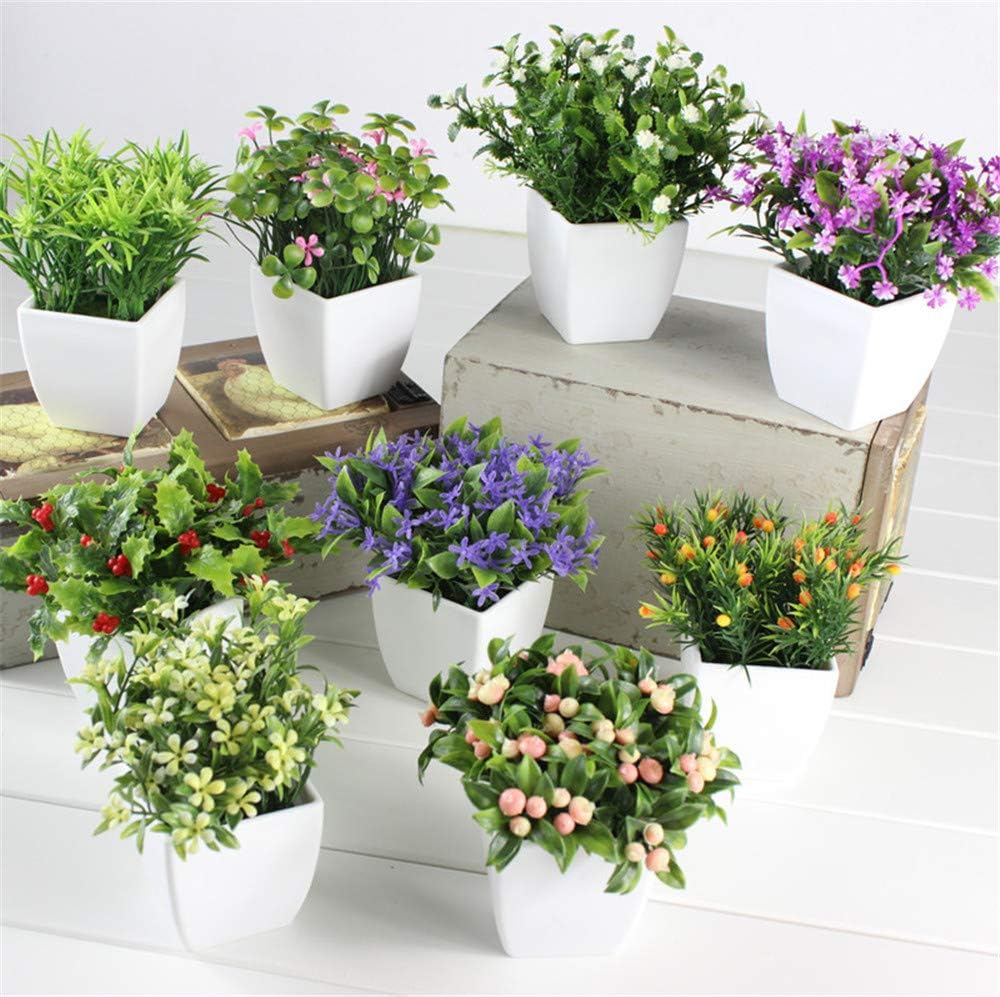
- Care Tips: Water when soil is dry; prefers bright, indirect light.
- Benefits: Blooms beautifully in winter, bringing color to dreary months.
18. Money Tree (Pachira aquatica)
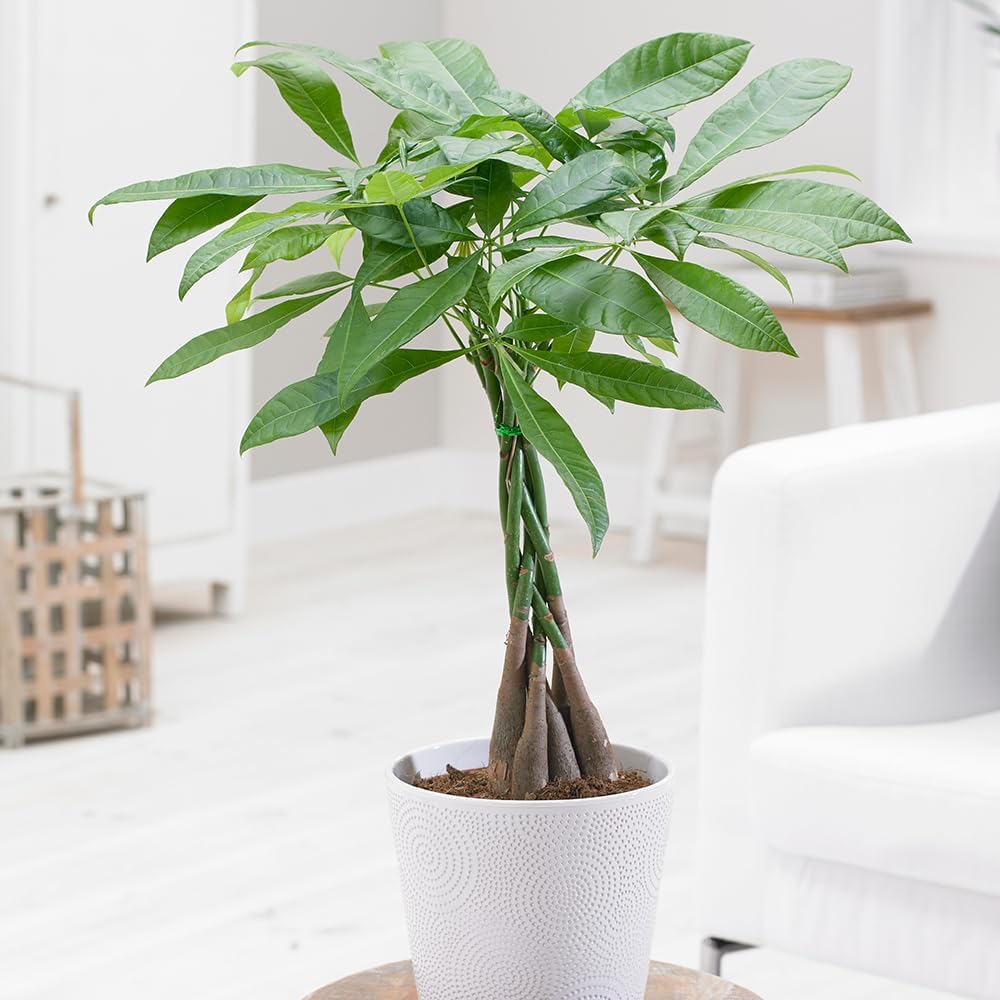
- Care Tips: Water when the top 1-2 inches of soil are dry; prefers indirect light.
- Benefits: Believed to bring good luck and prosperity.
19. Prayer Plant (Maranta leuconeura)
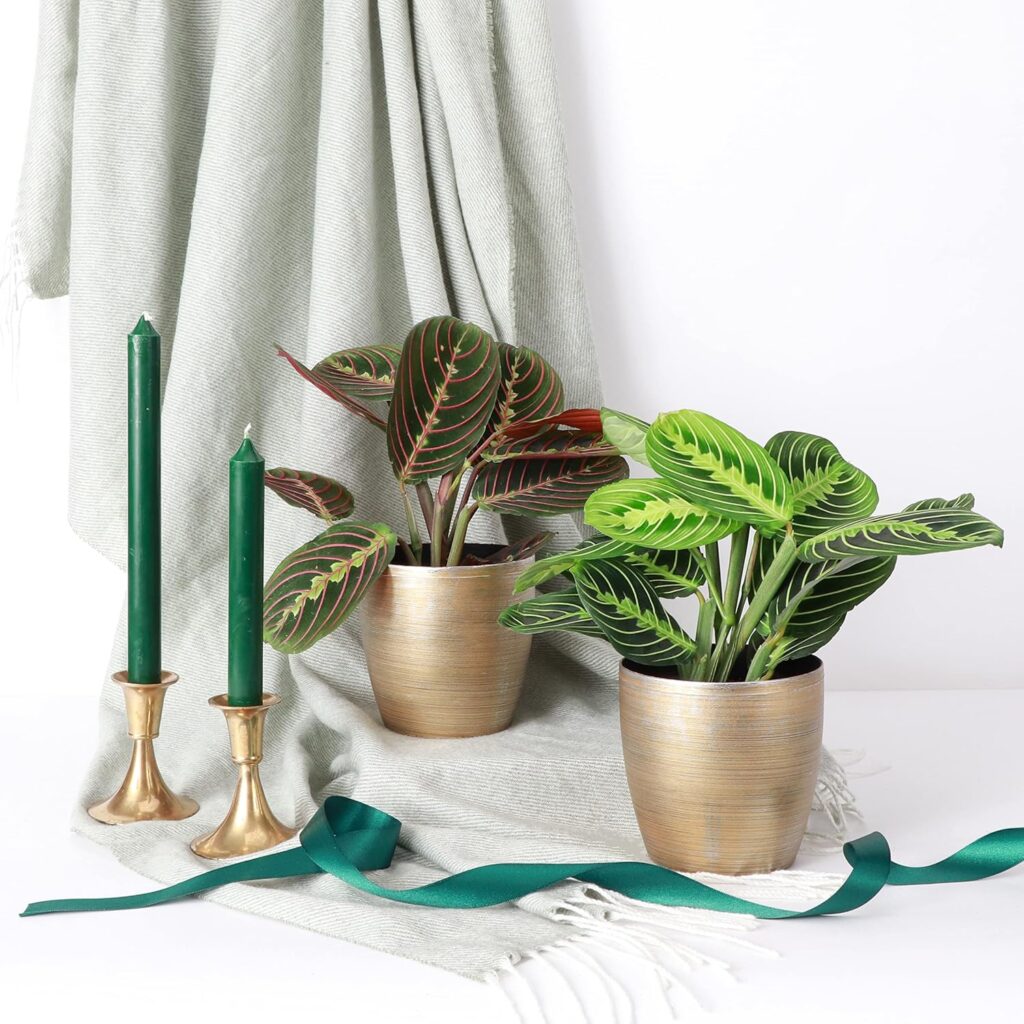
- Care Tips: Keep soil moist; prefers humidity and indirect light.
- Benefits: Unique leaf movement adds a dynamic quality to your space.
20. Kalanchoe (Kalanchoe spp.)
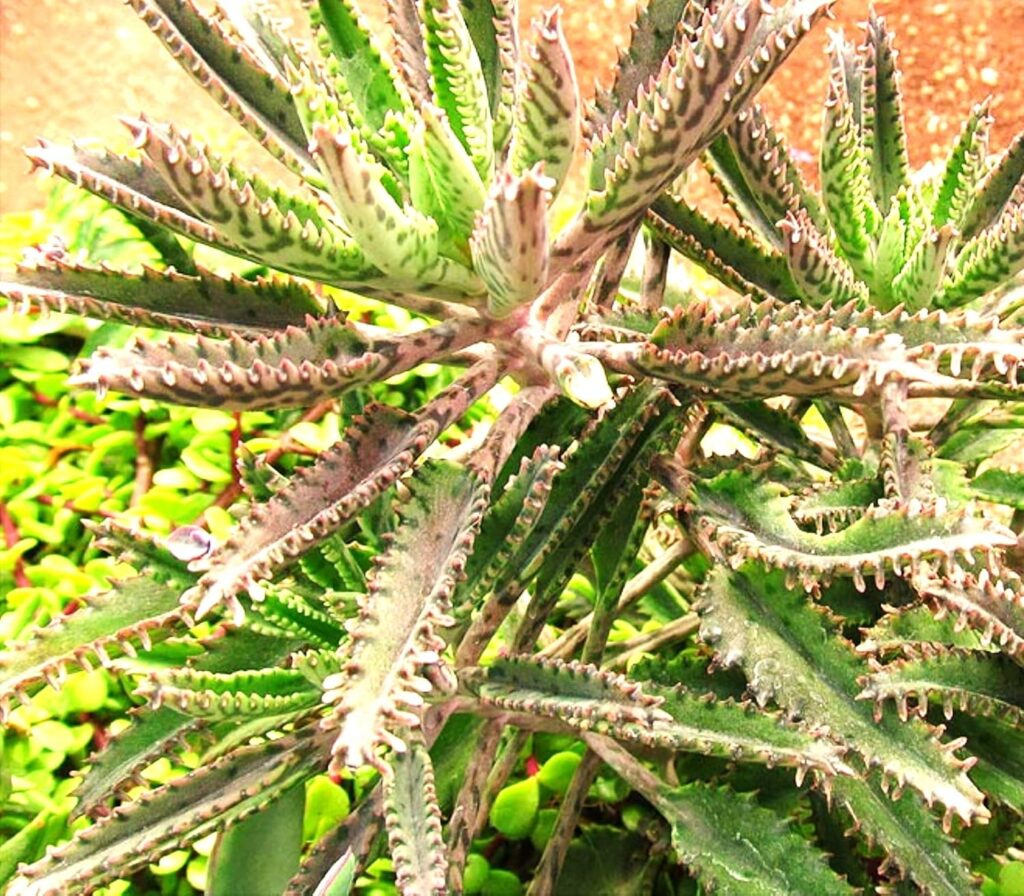
- Care Tips: Water when the soil is dry; needs bright indirect light.
- Benefits: Produces colorful blooms, adding cheer to your home.
21. Pencil Cactus (Euphorbia tirucalli)
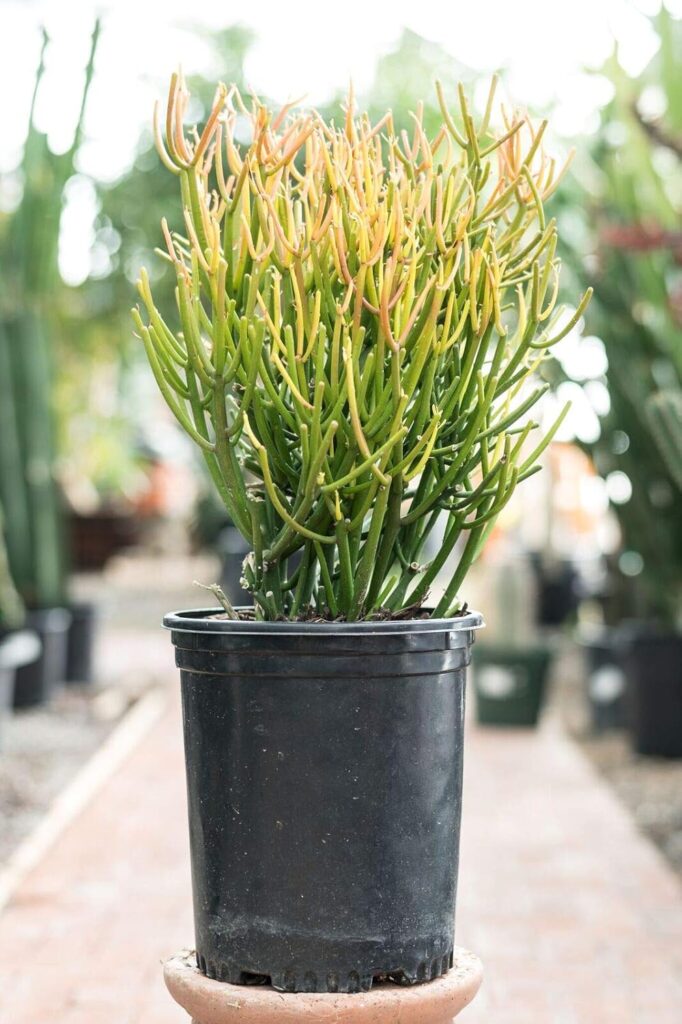
- Care Tips: Allow soil to dry out completely between waterings; prefers bright indirect light.
- Benefits: Unique, sculptural appearance makes it a conversation starter.
22. Jade Plant (Crassula ovata)
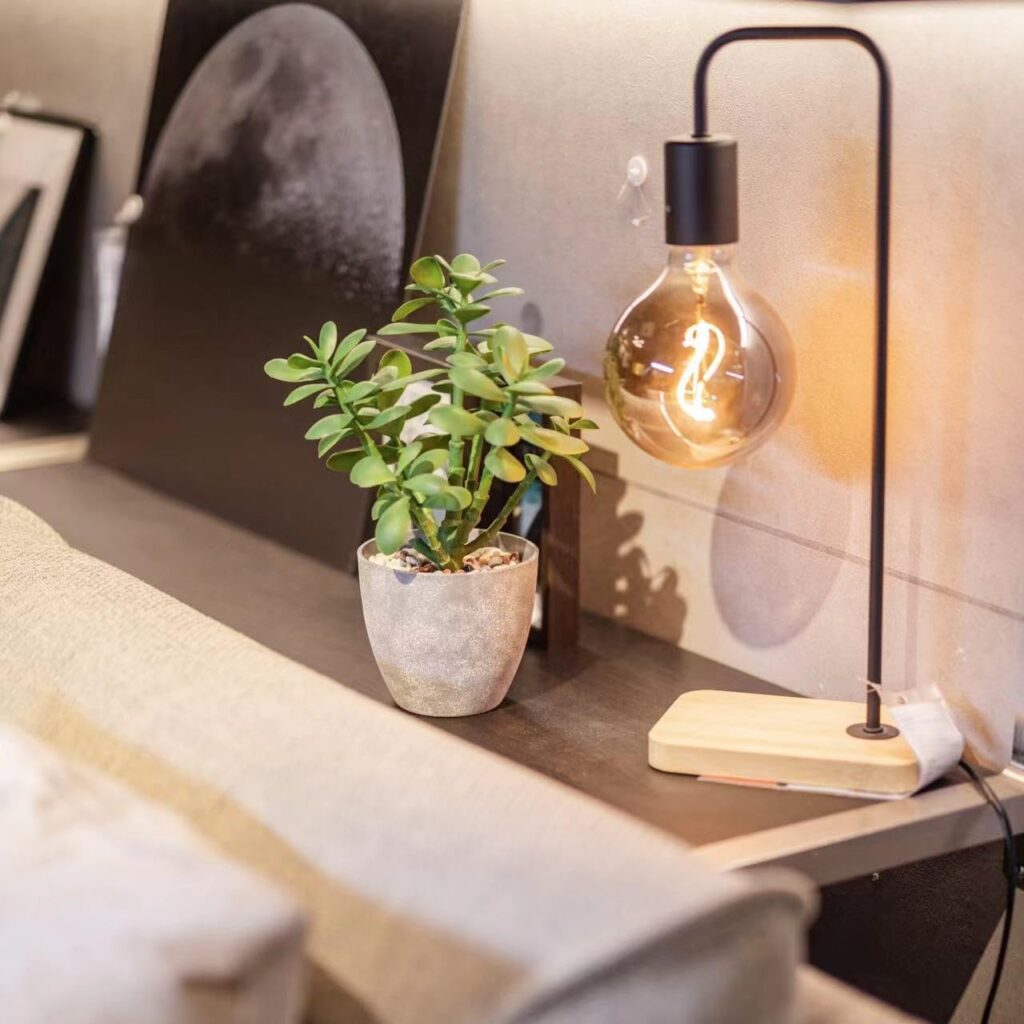
- Care Tips: Water when the soil is dry; prefers bright indirect light.
- Benefits: Symbolizes good luck and can grow into a large, beautiful plant.
Tips for Maintaining Indoor Plants in Low Light
Watering Tips
Overwatering is a common mistake with low-light plants. Always check the top inch of soil; if it’s dry, it’s time to water. A good rule of thumb is to use the “soak and dry” method, allowing the soil to dry out between waterings.
Soil and Potting
Use well-draining soil to prevent root rot, a common issue for plants kept in low light. Consider pots with drainage holes to allow excess water to escape.
Fertilization
Low-light plants require less fertilizer than those in bright light. A balanced, diluted fertilizer every couple of months during the growing season (spring and summer) is usually sufficient.
Pest Management
Be vigilant for common pests like spider mites and aphids, especially in humid environments. Regularly check the undersides of leaves and clean them gently with a damp cloth. If pests are detected, use insecticidal soap or neem oil as a natural remedy.
Conclusion
Incorporating low-light indoor plants into your home is an excellent way to enhance your living environment. From improving air quality to boosting your mood, the benefits are manifold. With the right selection of plants, even the dimmest corners of your home can become vibrant, lush spaces.
Whether you opt for a hardy snake plant, a trailing pothos, or a decorative peace lily, these 22 low-light plants will thrive and beautify your surroundings. So why wait? Start your indoor garden today and enjoy the refreshing and revitalizing power of nature right at home!
Additional Resources
For further guidance, consider checking out:
- Care guides for specific plants on gardening websites.
- Recommended products for soil, pots, and fertilizers that work well with low-light plants.
- Online communities and forums where plant enthusiasts share tips and experiences.
By embracing low-light plants, you can transform your living space into a serene oasis, bringing nature indoors, regardless of the light conditions in your home. Happy planting!

